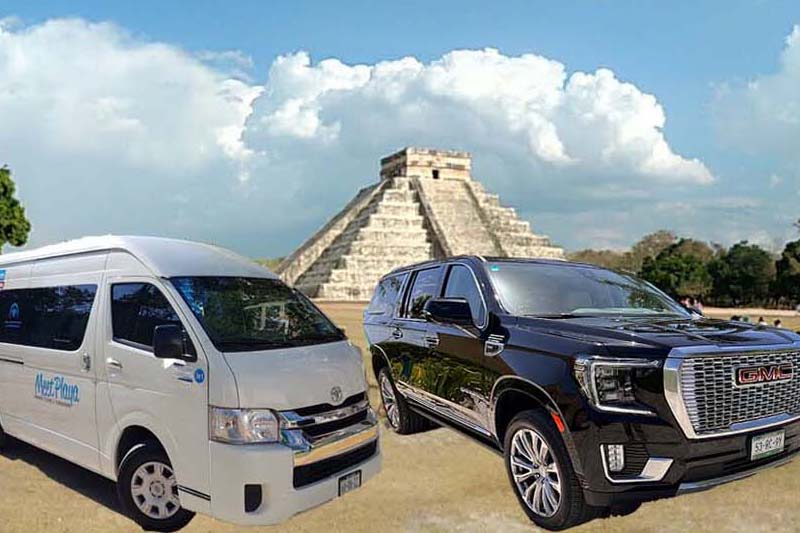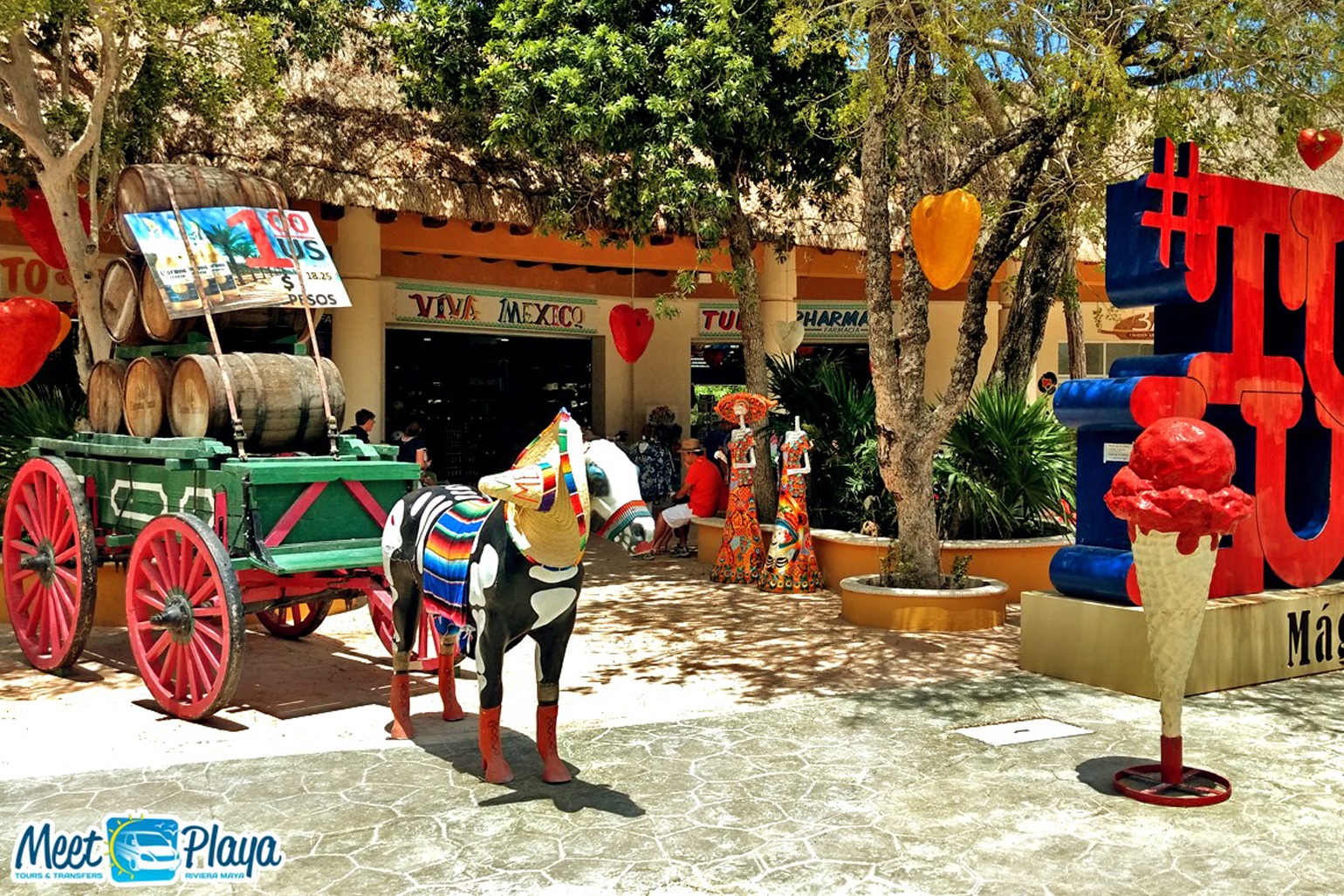Its importance in both respects was monumental:
as a seaport, it was the point of exit and entry of countless goods from the main cities throughout the center and the Gulf of Mexico, connected by land through a complex network of roads; as an astronomical observatory, it was one of the epicenters of the study of constellations and, above all, of the planet Venus, to which one of its principal temples was dedicated.
It was also one of the last Mayan cities inhabited, as discovered by the Spanish conquistadors, guided by Juan de Grijalva when they arrived in the city in 1517. However, by the end of that century, Tzama had already been depopulated, mainly due to the scourge of diseases coming from Europe.
After several centuries of silence, a series of explorations aroused interest in the area, and restoration work began slowly.
The archaeological site of Tulum
The archaeological zone of Tulum is relatively tiny compared to those of Chichen Itza or Coba. Still, there are more than 60 buildings in its small extension, surrounded by a wall to the north, south, and west, among which El Castillo is the most important.
The Castle, built on a stepped platform, was built in stages and functioned, thanks to its high height, as a strategic surveillance point and as a lighthouse to guide boats through the extensive barrier reef (the second largest in the world) that naturally protects the city's coastline.
In addition, the building has a temple with three serpentine columns, zoomorphic figureheads, and a sculpture of the god Descending; with the Temple of the Initial Series, so named for a stele that is inside, on which a date corresponding to the year 564 AD was carved (when Tulum was only a small town); and with two small temples on the sides, where the Mayans made offerings to the gods.
Other temples of great relevance in the archaeological zone of Tulum are:
• The Temple of the Descending God, a unique deity in the area, believed to be related to the setting sun;
• The Temple of the God of the Wind (or Temple of the Winds) is the closest to the coast.
• The Temple of the Frescoes is dedicated to the God Itzamná, a deity associated with wisdom, night and day (according to Mayan mythology, Itzamná, son of the Creator God, married the goddess of fertility and abundance, Ixchtel, whose temples you can visit on Isla Mujeres and in Cozumel), inside which you can find impressive and colorful paintings murals.
Tulum, beyond the ruins
Although you've probably decided to visit Tulum to discover the city's Mayan ruins, this is far from the only thing you have to do in the area.
For starters, you can go to the beach to cool off in the warm waters of the Caribbean Sea, at Playa Ruinas, in the shade of the archaeological zone, in Playa Paraíso, one kilometer south, or Playa Chemuyil, 30 kilometers to the north. And suppose you are looking for exuberant and unique nature. In that case, you can visit the famous Cenote Dos Ojos or the Gran Cenote.
In addition, you can rent a bicycle and tour Tulum pueblo (so-called to differentiate it from the archaeological zone of Tulum), a small town with a relaxed, homely, and local vibe. Start your tour in the Parque Museo de la Cultura Maya, where the municipality is located, or in the Parish of Our Lady of Guadalupe, and let yourself be carried away by your curiosity to run each of its streets.
What makes Tulum unique is that among the small limits of its extension, it houses excellent, giant possibilities: that of exploring not only the ruins of one of the most important cities of the Mayan civilization but also the surrounding and exuberant nature of its surroundings, as well as the attractive tranquility of the town.
Cheer up! Come with us to discover this beautiful corner of the Riviera Maya.





